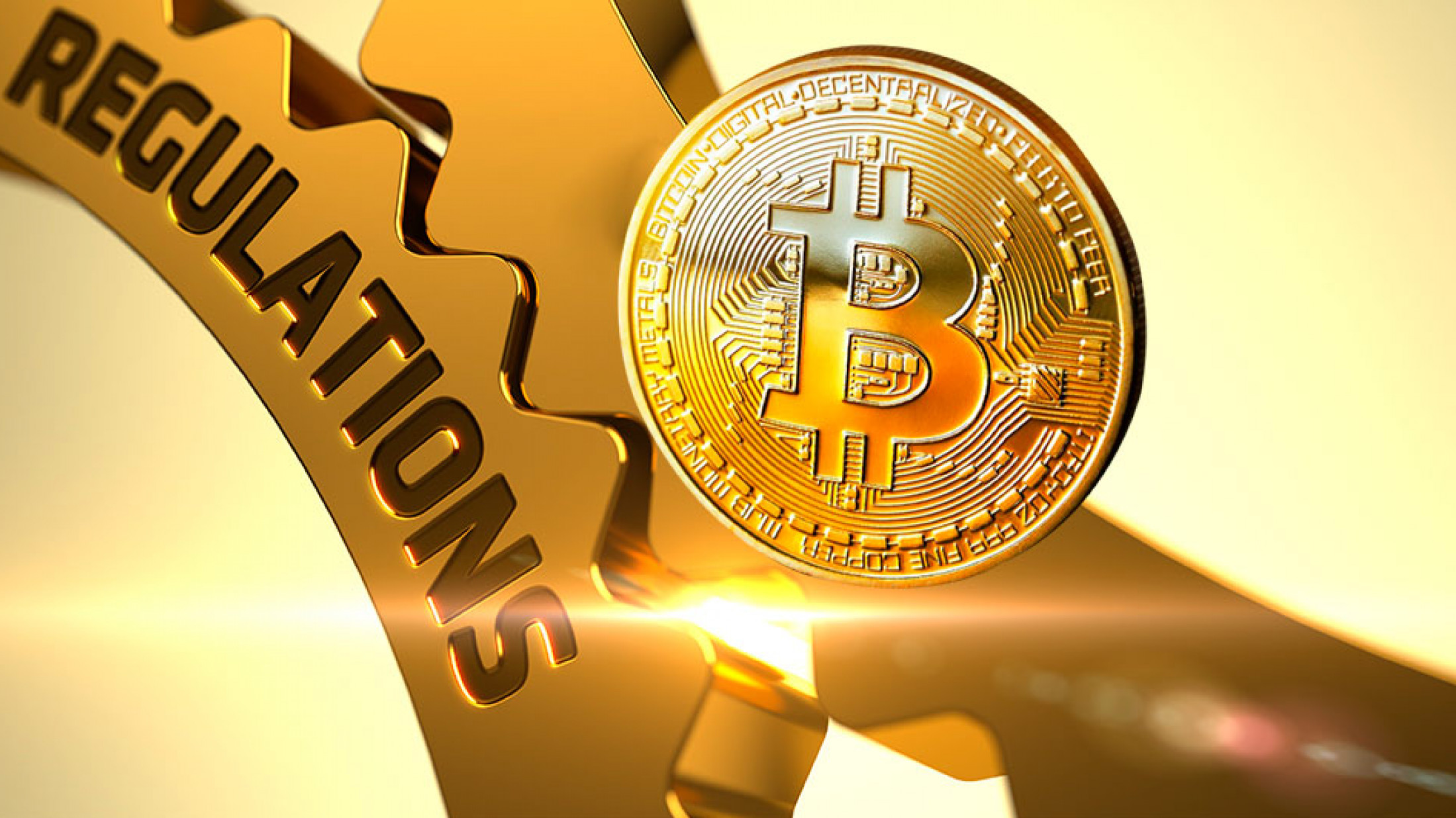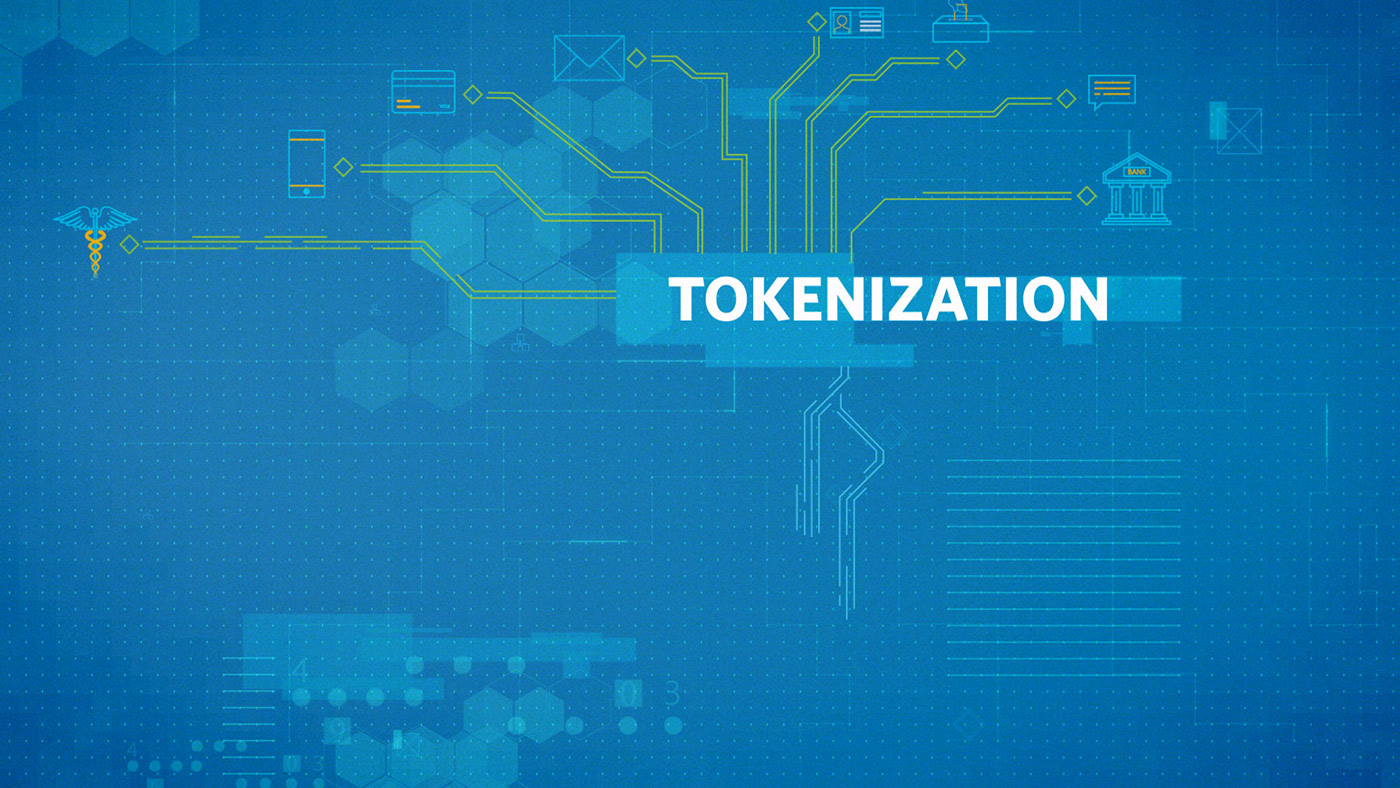Bitcoin mining is changing dramatically in 2025, ushering in a new age of invention, control, and mainstream integration. The world of cryptocurrencies is more vibrant than ever as governments all over change policy, big investors pour billions into digital assets, and new technologies redefine blockchain use. From novice curiosity to expert investment analysis, this essay examines the most recent advancements and offers thorough contextual depth, addressing all aspects of user purpose. Bitcoin market 2025
ChatGPT said:
Formally establishing the United States Strategic Bitcoin Reserve by President Donald Trump via an executive order was one of the most innovative occurrences this year. This program places Bitcoin not just as a speculative asset but also as part of sovereign monetary reserves. Bitcoin is now joining the discussion as “digital gold,” much as gold has always been a hedge against economic uncertainty. This step opens the path for such actions by other countries and indicates a more general acceptance of cryptocurrencies at the highest levels of government. This strategic change occurs at a period when conventional tools for monetary policy are under examination more and more. Bitcoin’s digital character enables it to cross boundaries and inflationary pressures, so it acts as a perfect reserve in a multipolar financial world. With smaller nations looking for comparable approaches to achieve financial independence, analysts believe this policy might set off a fresh wave of central bank stockpiling.
Meanwhile, in the European Union, the Markets in Crypto-Assets (MiCA) regulation came into full effect in late 2024. This landmark legislation provides uniform rules for crypto asset issuance and service provision across all EU member states. It is hailed as a model for other jurisdictions and a major step toward global regulatory harmony.
 Countries like Japan, Switzerland, and the UAE have also established clear frameworks to attract crypto businesses, reinforcing their positions as global blockchain hubs. These developments demonstrate a shift from punitive oversight to collaborative governance, ensuring that innovation is not stifled while investors are adequately protected.
Countries like Japan, Switzerland, and the UAE have also established clear frameworks to attract crypto businesses, reinforcing their positions as global blockchain hubs. These developments demonstrate a shift from punitive oversight to collaborative governance, ensuring that innovation is not stifled while investors are adequately protected.
 By distributing access to investments hitherto only available to high-net-worth individuals or institutions, asset tokenization also helps financial inclusion. It is a live financial instrument altering asset ownership and trade, not a futuristic idea anymore.
By distributing access to investments hitherto only available to high-net-worth individuals or institutions, asset tokenization also helps financial inclusion. It is a live financial instrument altering asset ownership and trade, not a futuristic idea anymore.



